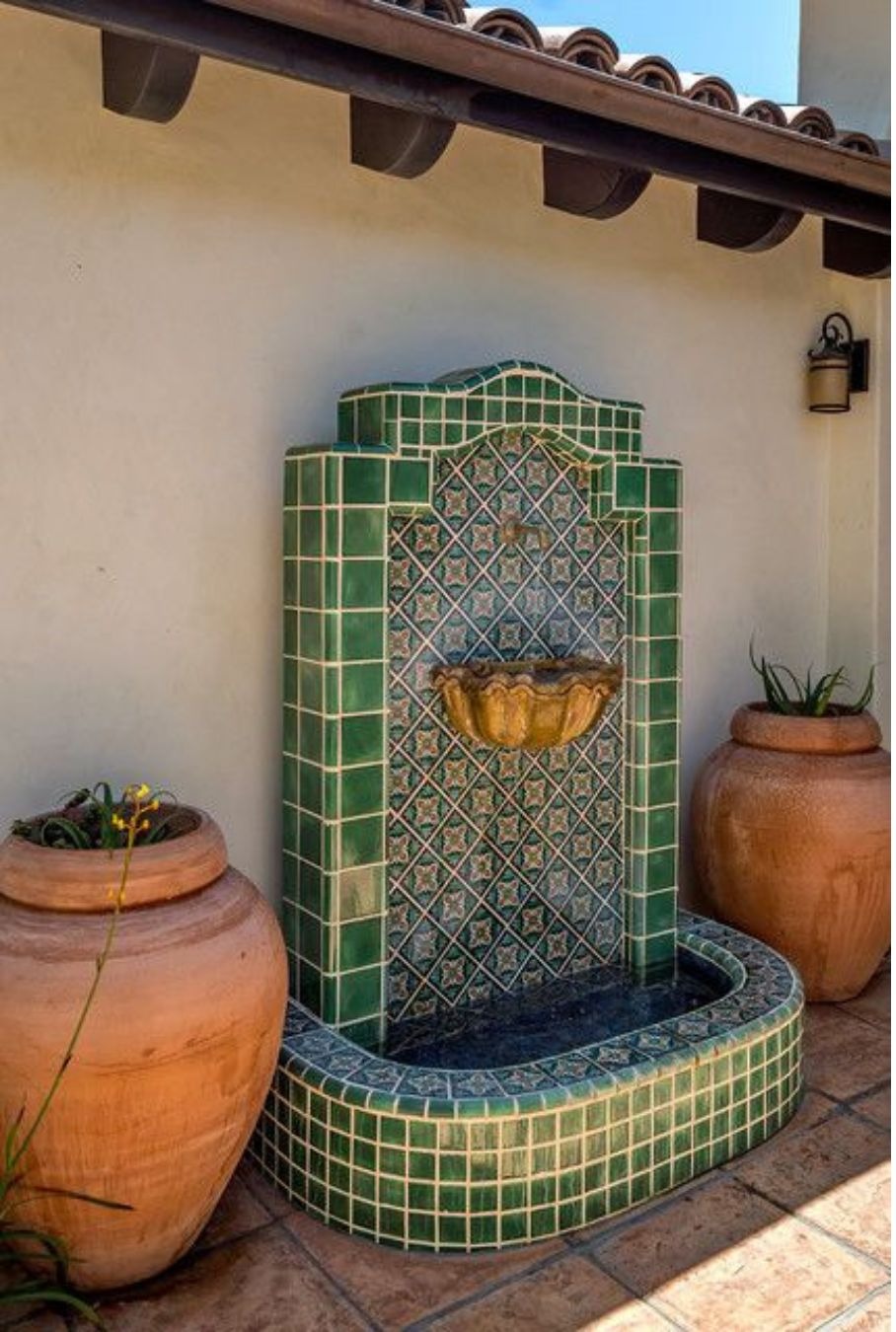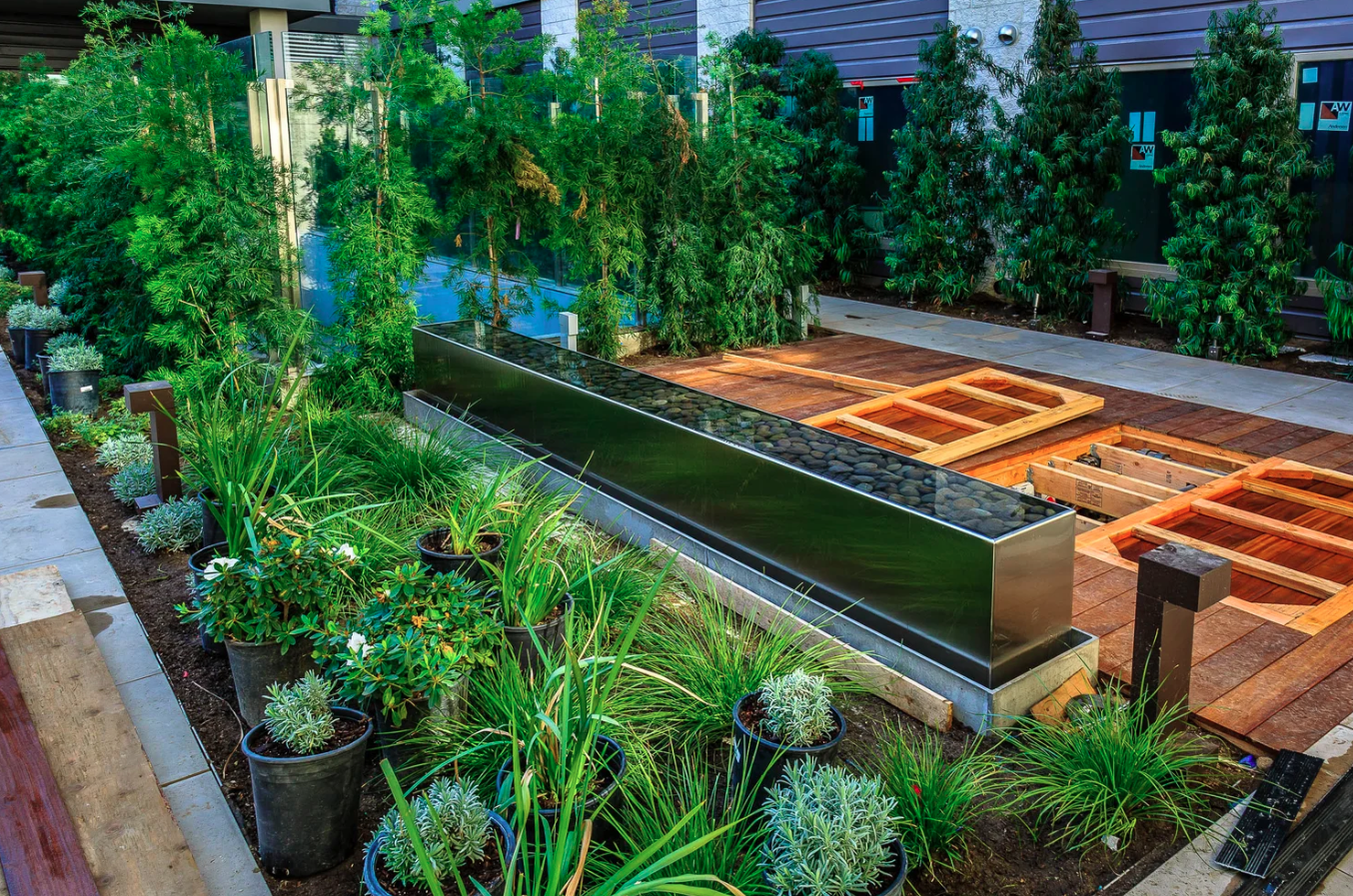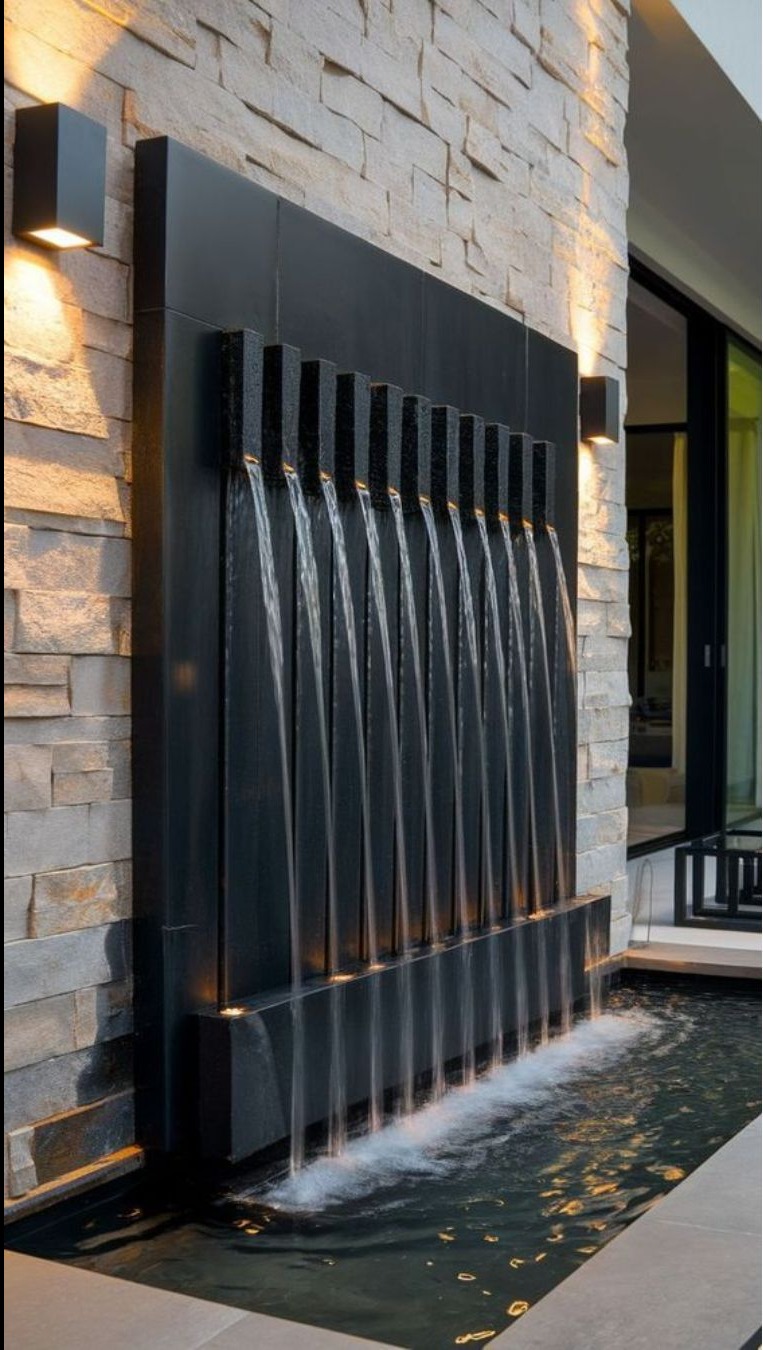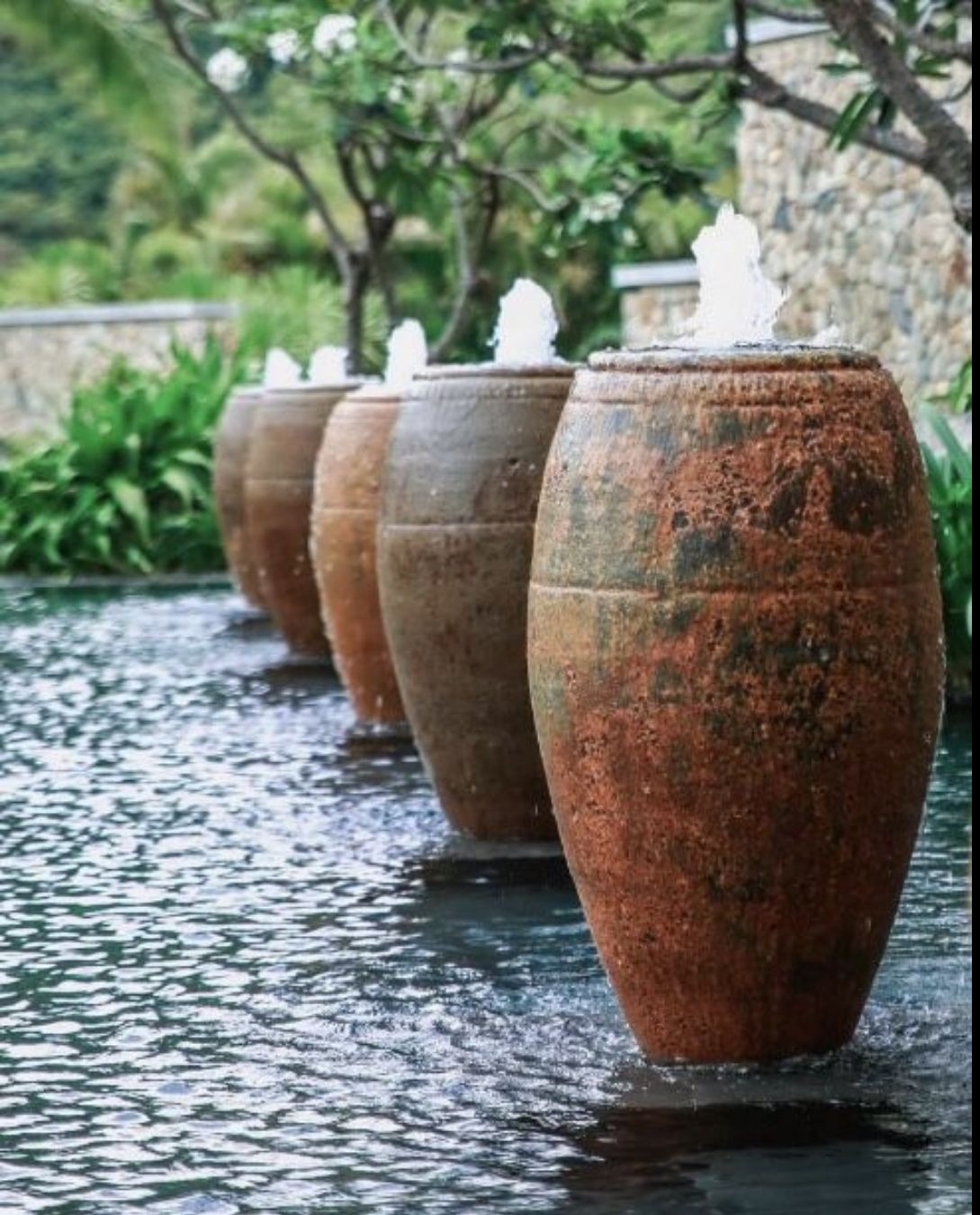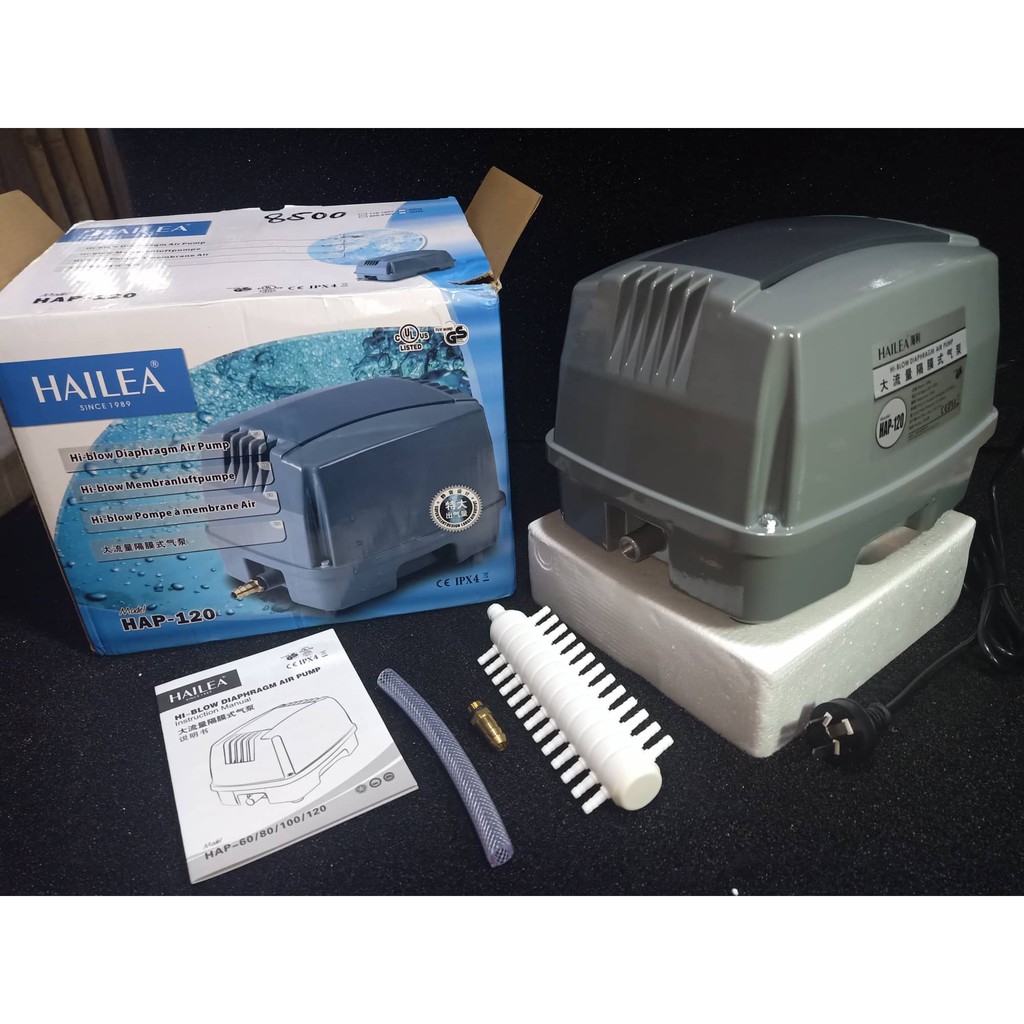
In aquaculture, specifically in biofloc systems, both air pumps and ring blowers play important roles in providing aeration. The choice between the two depends on various factors, and it's essential to consider the specific needs of the biofloc tank and the characteristics of each aeration method. Here are some factors to consider when comparing air pumps to ring blowers in biofloc aquaculture:
Fine Bubble Aeration:
Air Pumps: Air pumps are often used to create fine bubble aeration. Fine bubbles have a larger surface area and provide efficient oxygen transfer to the water. This is crucial in biofloc systems where maintaining proper oxygen levels is essential for the health of the microbial community and aquatic organisms.
Ring Blowers: Ring blowers can generate both fine and coarse bubbles. However, the focus is often on the production of coarse bubbles for mixing purposes rather than fine bubbles for efficient oxygen transfer.
Oxygen Transfer Efficiency:
Air Pumps: Air pumps are known for their ability to produce fine bubbles that stay in the water column for a more extended period, maximizing oxygen transfer efficiency.
Ring Blowers: While ring blowers can provide aeration, the bubbles they generate may rise more quickly, potentially reducing the overall efficiency of oxygen transfer in comparison to fine bubble aeration.
Tank Mixing and Suspended Solids:
Air Pumps: In biofloc systems, proper mixing is crucial for maintaining suspended solids and promoting the growth of beneficial microorganisms. Air pumps can contribute to gentle mixing without causing excessive turbulence, which could lead to solids settling.
Ring Blowers: Ring blowers are often used for mixing purposes, creating water movement to keep solids in suspension. However, the turbulence they generate may not be as finely controlled as with air pumps.
Energy Efficiency and Noise:
Air Pumps: Some air pumps are designed to be energy-efficient and operate quietly, which can be advantageous in aquaculture settings.
Ring Blowers: Ring blowers may vary in terms of energy efficiency and noise levels, and certain models may produce more noise compared to air pumps.
In summary, both air pumps and ring blowers have their advantages and applications in aquaculture, including biofloc systems. The choice between them depends on factors such as the desired level of aeration, oxygen transfer efficiency, mixing requirements, and the specific characteristics of the biofloc tank. It's advisable to consult with aquaculture experts or system designers to determine the most suitable aeration method for a particular setup.
Hailea Air pumps HAP 60, HAP 80, HAP 120 available
Keywords
HAP
terms
focus
choice
health
models
growth
ability
summary
production
suspension
advantages
comparison
Tank Mixing
applications
water column
ring blowers
noise levels
biofloc tank
Fine bubbles
desired level
gentle mixing
proper mixing
coarse bubbles
water movement
specific needs
important roles
extended period
biofloc systems
mixing purposes
various factors
Suspended Solids
particular setup
system designers
Hailea Air pumps
Energy Efficiency
aquatic organisms
overall efficiency
larger surface area
aquaculture experts
biofloc aquaculture
mixing requirements
microbial community
Fine Bubble Aeration
proper oxygen levels
excessive turbulence
aquaculture settings
suitable aeration method
specific characteristics
efficient oxygen transfer
beneficial microorganisms
Oxygen Transfer Efficiency

